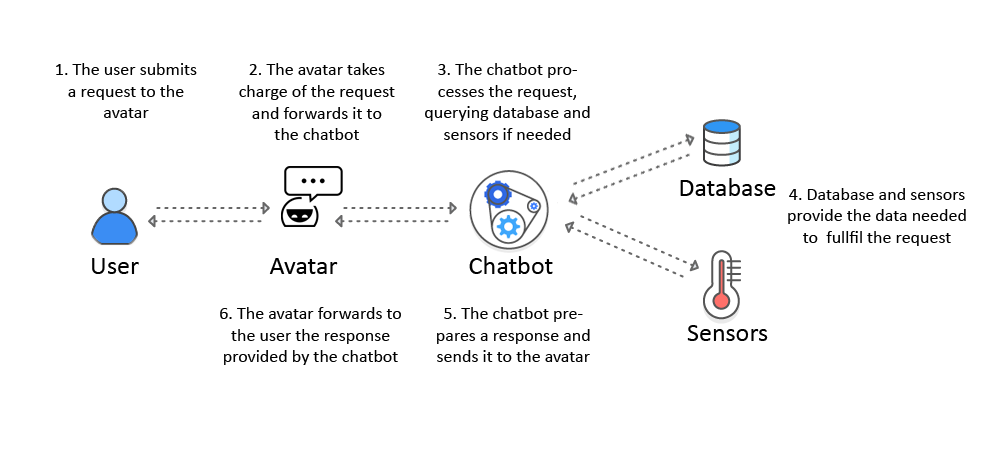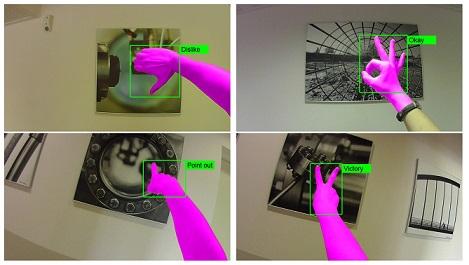
When human observers look at an image, attentive mechanisms drive their gazes towards salient regions. Emulating such ability has been studied for more than 80 years by neuroscientists and by computer vision researchers, while only recently, thanks to the large spread of deep learning, saliency prediction models have achieved a considerable improvement. Data-driven saliency has recently gained a lot of attention thanks to the use of Convolutional Neural Networks for predicting gaze fixations. In this project we go beyond standard approaches to saliency prediction, in which gaze maps are computed with a feed-forward network, and we present a novel model which can predict accurate saliency maps by incorporating neural attentive mechanisms. The core of our solution is a Convolutional LSTM that focuses on the most salient regions of the input image to iteratively refine the predicted saliency map. Additionally, to tackle the center bias present in human eye fixations, our model can learn a set of prior maps generated with […]

